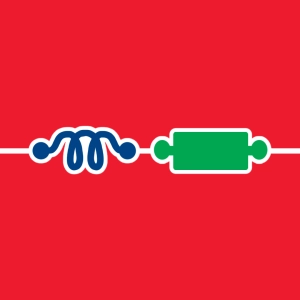 RL Circuit - transient response
RL Circuit - transient response
Resistance (R), capacitance (C) and inductance (L) are the basic components of linear circuits. The behavior of a circuit composed of only these elements is modeled by differential equations with constant coefficients.
The study of an RL circuit requires the solution of a differential equation of the first order. For this reason, the system is called a circuit of the first order.
For this RL series circuit, the switch can simulate the application of a voltage step (E = 5V) causing the inductor to store energy. When the switch is returned to the zero-input position (E = 0), the inductor releases the stored energy.
A simple mesh equation establishes the law that governs the evolution of the current i(t):
di/dt + (R/L)i = E/L
Solving a differential equation always results in two types of solutions:
- The transient (free) state, solution of the differential equation without a second member:
di/dt + (R/L)i = 0. - The steady state, particular solution of the differential equation with second member:
di/dt + (R/L)i = E/L.
The response of the circuit (full solution) is the sum of these two individual solutions:
i(t) = E/R + Ke(-tR/L)
The solution of a differential equation of the first order is always exponential in nature.
